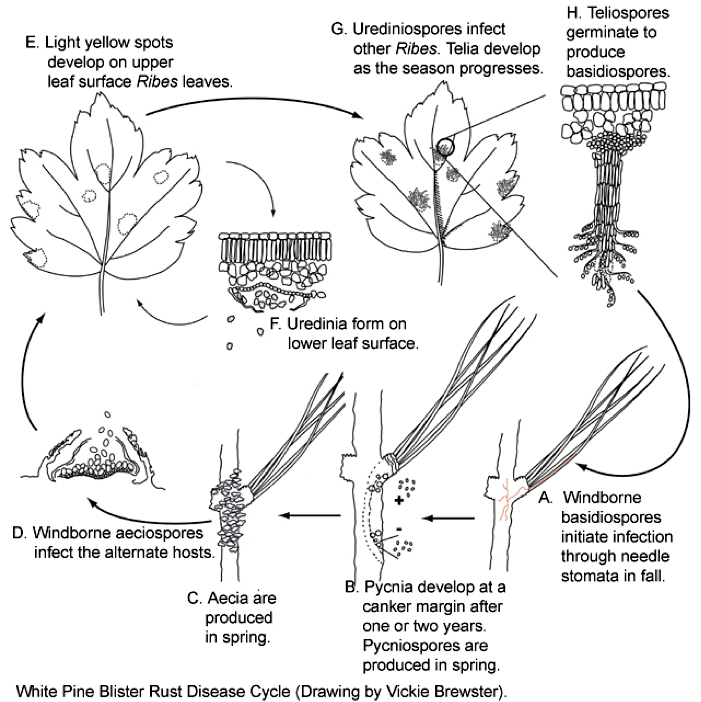However, as formerly claimed, height isn’t necessarily an available cue in an on-line relationships atmosphere
On the other hand, the profile image may be spatially manipulated to imitate the look of height  either by orienting the digital camera from above or beneath the vertical axis, thus exploiting the notion of audience to show up bigger or quicker than the photo matter. Data examining the result of face head-tilt on judgments of gender are finding that photos of confronts with an upwards head-tilt, hence are thought from down the page, tend to be perceived getting most male, and face tilted-downwards, thus from an above point of view for viewers, much more feminine (principal et al., 2010). These directionalities of head-tilt include parallel to score of face attractiveness (Burke and Sulikowski, 2010; Sulikowski et al., 2015). Habitually learned ideas of face due to top variations become suggested to guide these ideas (DeBruine et al., 2006), though a complementary concept is proposed from the section of embodied knowledge.
either by orienting the digital camera from above or beneath the vertical axis, thus exploiting the notion of audience to show up bigger or quicker than the photo matter. Data examining the result of face head-tilt on judgments of gender are finding that photos of confronts with an upwards head-tilt, hence are thought from down the page, tend to be perceived getting most male, and face tilted-downwards, thus from an above point of view for viewers, much more feminine (principal et al., 2010). These directionalities of head-tilt include parallel to score of face attractiveness (Burke and Sulikowski, 2010; Sulikowski et al., 2015). Habitually learned ideas of face due to top variations become suggested to guide these ideas (DeBruine et al., 2006), though a complementary concept is proposed from the section of embodied knowledge.
The intention of the present study is examine the straight spatial positioning of men’s and women’s selfie visibility pictures from Tinder, that we anticipate that people will more regularly choose selfies focused from below (versus
Grounded concepts of cognition developed by Lakoff and Johnson (1980, 1999) posit that abstract concepts, such as for instance electricity, tend to be emotionally of vertical spatial orientations (i.e., right up are perceived as powerful and straight down, powerless; Barsalou, 1999). This connection is actually exhibited because of the English code, where typical idioms of power and entry are vertically located: you have power over anyone or perhaps under their own control, rise or fall from energy, or be of high ranking or perhaps the reduced people regarding the totem pole (Lakoff and Johnson, 1980, p. 16). Considering this information, Meier and Dionne (2009) expected that appeal of males’s and ladies’ portraits would depend on the spatial congruency with power; specifically, men is a proxy for aˆ?upaˆ? because of male trait choices pertaining to energy (for example., dominance, high social standing) as well as for women, a lack of electricity (i.e., faithfulness) corresponding with aˆ?down.aˆ? As predicted, males ranked women’s portraits as more attractive whenever identical photo comprise presented at the end of a pc monitor (versus. leading), whereas female are most keen on files of males at the top of the screen (versus. bottom).
The directionality for the power metaphor with sex suggests a definite match together with the literature from evolutionary psychology; aˆ?upaˆ? or tallness are signified with maleness, and aˆ?downaˆ? or being smaller indicates womanliness. For that reason, we propose that when choosing the focus for the profile-the initial profile picture-individuals may intuitively know purchase a graphic the spot where the vertical angle of this camera is in keeping with the way they want to be presented to the alternative intercourse: for males, from below to look bigger and prominent (in other words., strong), as well as women, from above to appear small and submissive (for example., less powerful). As a result of control through the self-display associated with the sera, a person might conveniently manipulate this direction if you take a selfie, therefore being bigger or faster relative to the audience. We thought we would explore strictly selfies as a result, and because for the greater chance that the selfie had been used clearly to depict elegance.
Although physical peak are a significant feature of companion selection, this cue is missing from Tinder’s profile layout unless explicitly claimed because of the consumer in their visibility’s tagline
above), and people will portray selfies more often from above (vs. below). The current study will subscribe to data on personal destination by exploring if bodily choice reported from earlier research is embodied by individuals in a realistic mate-attraction setting. More, the research will notify just how women and men signify a vertical positioning for selfies, a contrast into horizontal research of the media trend (Bruno et al., 2015, 2016; Lindell, 2015).